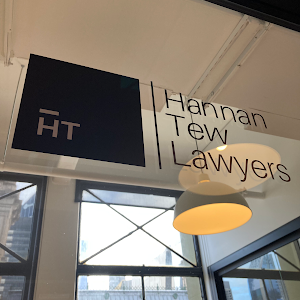In a recent interview with StartupSmart, Queensland’s chief entrepreneur Steve Baxer (also of Shark Tank fame) recently revealed a conversation held with Atlassian co-founder Mike Cannon-Brookes where they discussed solutions to attract more skilled tech workers locally.
The idea proposed by Cannon-Brookes involved picking “the top 50 universities in the world, and tell[ing] their graduates if they have good enough grades, they’re in, come to Australia”. Baxter agreed that something “radical” was required and a message clearly needed to be communicated indicating that Australian was “open for business”.
However, an already existing visa may enact Cannon-Brookes’ “radical” idea.
Recognised Graduate Subclass 476 visa
Generally speaking, the Graduate Subclass 485 visa provides an avenue for international students who completed their studies for an Australian Bachelor Degree or higher to remain (and work) in Australia for up to two years. In the case of PhD graduates, this can be for up to four years.
The lesser known Recognised Graduate Subclass 476 visa allows individuals under 31 years of age to obtain a similar visa for up to 18 months when they have completed a course in the two years before they apply for the visa:
- at an “institution specified by the Minister in an instrument”; and
- for the award of a degree or higher in a “discipline specified in an instrument”.
Currently the relevant ‘instrument’ allows for individuals who have studied in the discipline of Engineering either at certain accredited overseas Engineering institutions, or a list of other reputable international universities.
The explanatory memorandum which introduced the Subclass 476 visa indicated that the visa commenced from 1 September 2007 to allow temporary stay in Australia for “applicants who are graduates of certain recognised overseas universities with skills in demand in Australia”.
However, the relevant instrument (specifying the relevant discipline and institution) has not been updated since 14 February 2014. The purpose at the time of registration was to “increase numbers of graduate engineers working in Australia and address the current skills shortage in this occupation”. Since commencement, the visa has only been available to graduates in engineering.
How it could work
The proposed visa floated by Cannon-Brookes already exists, meaning that the relevant “infrastructure” is already in place.
In order to implement the suggestion, a new instrument specifying the updated institution(s) and discipline(s) that the visa applicant must have studied would simply need to be registered. For example, this could list the 50 “top” universities in the world and leave the disciplines open-ended (or narrow them to STEM graduates).
As this amendment would not require a change of the Migration Regulations, this new instrument could be registered and implemented immediately.
Hannan Tew and the Tech industry
The Australian government recently announced a suite of reforms to the Temporary Work (Skilled) Subclass 457 visa programme including its eventual replacement in March 2018. You can read more about this and our initial analysis of these changes and their impact on the tech industry here. The issues highlighted by Hannan Tew were recently reiterated by Google.
Hannan Tew is committed to innovation and assisting companies attract and retain the best talent. Contact us by email at [email protected] or phone +61 3 9016 0484 if we can assist with your immigration queries.
To receive further updates, please subscribe to our newsletter.

